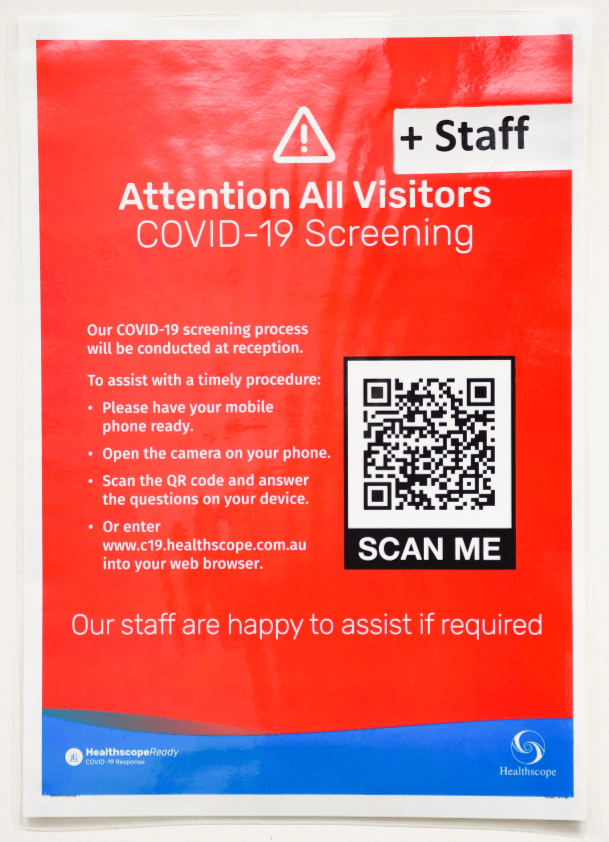Implications of COVID-19 on Clinical Practice
By Professor David Paterson, Infectious Diseases Physician
InFocus Issue 22, January 2022
Professor David Paterson has more than 500 peer-reviewed publications and is Australia's most cited Infectious Diseases Physician. He is a member of the Medical Advisory Committee at Brisbane Private Hospital and shares an update on the implications of COVID-19 on clinical practice below.

Since its emergence in late 2019, COVID-19 has been characterised by its unpredictability and its potential to cause substantial disruption to our way of life as we had previously known it. 2020 was a year of unsurpassed “unknowns” as the world learned to deal with a completely new pandemic. 2021 has been a year of surprises but also has reinforced some important messages on how to deal with COVID-19.
The cardinal importance of vaccination
As vaccines have become available, it has been clear that they are effective at preventing serious disease and death from COVID-19. Intensive-care unit admission is almost exclusively a problem for the unvaccinated. All of those who work in a healthcare environment have a moral responsibility to be fully vaccinated. While this may not prevent mild disease or transmissibility in all cases, it is one of the key elements to prevention of spread of the virus in hospitals, clinical practices and residential aged care facilities. From a broader societal perspective widespread vaccination is likely the only way in which Australia will escape from the cycles of lockdown which we have seen over the last 18 months.
Mask wearing will become much more commonplace
Historically it has been interesting to observe mask use by those with colds in countries like Japan. After SARS, routine mask use by doctors and nurses became commonplace in countries like Hong Kong and Singapore. The advent of COVID-19 has seen mask use become mandated during lockdowns in Australia. It is likely that mask use in the healthcare setting will become much more prevalent in the future even outside of defined “waves” of COVID-19 infection.
“Long COVID” will be a significant cause of presentation for medical care
As the numbers of people in our community infected with COVID-19 increase, it is highly likely that doctors in general practice and across many specialties will encounter patients with “long COVID”. Manifestations of this condition are highly diverse and it is certain that not all of the pathology behind “long COVID” is well understood. At this stage we have no well-controlled trials of treatment strategies nor is it certain what time course the symptoms will follow. “Long COVID” may be particularly problematic in children and adolescents - given Brisbane’s outbreak within schools it remains to be seen what impact this will have.
Delay in diagnosis of other medical conditions
Lockdowns are likely to have an impact on individuals who miss medical consultations for screening (example, skin checks, colonoscopies or breast screening) or who delay presentations with symptoms because of the fear of acquiring COVID-19 within a medical facility. We should expect that patients with conditions such as melanoma, colon cancer, breast cancer or ischaemic heart disease may have more advanced disease at presentation then we would typically expect.
Summary: In years to come we will look back on the present pandemic with pride as to how we have coped as medical professionals. There will undoubtedly be disappointments at the politicisation of almost every aspect of treatment choices, vaccination and public health responses. However, we will come out of the pandemic with strengthened abilities such as novel, rapid vaccination development, sophisticated telehealth programs and improved diagnostics.
David Paterson graduated from the University of Queensland in 1988. After training as an Infectious Diseases Physician and Clinical Microbiologist in Brisbane he then spent ten years in the United States where he became Chief of Transplant Infectious Diseases at the University of Pittsburgh Medical Center. He returned to Australia in 2007 to take up a role as Professor of Medicine at the University of Queensland.
